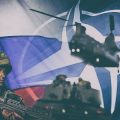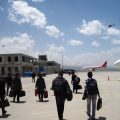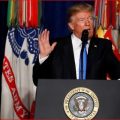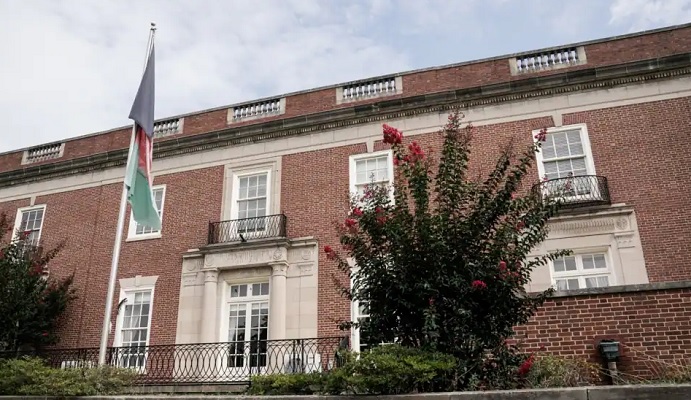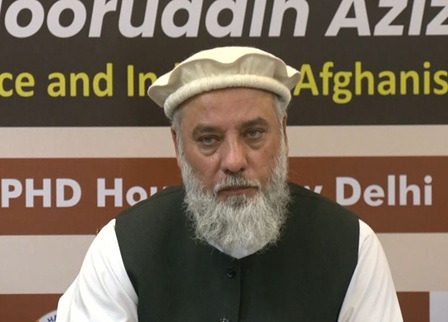
By Ahmad Tareq Kakar
In the beginning, Afghanistan looked like an easy win. Assisted by local militias, the United States toppled the Taliban, crippled Al-Qaeda and installed a friendly government protected by UN soldiers. It seemed the light footprint approach—a combination of air raids, special forces, and local militias—had delivered decisive victory.
Yet, success in Afghanistan proved illusory. Ruling like chiefs of personal fiefdoms, notorious warlords once again called the shots. The government’s writ hardly extended beyond the capital and President Karzai was ridiculed as “mayor of Kabul”. Key posts including the ministries of defense, interior and foreign affairs and the intelligence service were assigned to leaders of the Northern Alliance.
 Meanwhile a number of Taliban leaders expressed interest in reconciliation and retiring into civilian life, but in Washington arrogance prevailed and many Taliban leaders were locked up in Guantanamo or Bagram. The remaining leadership melted into the population or settled in Pakistan where they started to reestablish as guerilla movement.
Meanwhile a number of Taliban leaders expressed interest in reconciliation and retiring into civilian life, but in Washington arrogance prevailed and many Taliban leaders were locked up in Guantanamo or Bagram. The remaining leadership melted into the population or settled in Pakistan where they started to reestablish as guerilla movement.
Corruption, the return of the warlords and a sense of alienation among the Pashtuns played into the hands of the Taliban. Coalition forces became increasingly bogged down in fierce combats. The return of the Taliban thwarted off the much-propagandized light footprint approach.
Large numbers of US and NATO forces were needed to take on the Taliban again. The UN’s peacekeeping mission in Kabul was extended into an outright NATO-led war mission operating in both the capital and provinces. At the height of Obama’s surge, the number of NATO forces peaked at about 140,000 in 2011. U.S. generals believed a counterinsurgency alongside augmenting Afghanistan’s own security forces would pave the way for downsizing in the future. The limited boots on the ground approach turned into an occupation sustaining an unpopular regime.
However, the United States underestimated the perils of nation-building. In the early years, Karzai hoped his foreign backers would eventually deal with the warlords as violently as they had dealt with the Taliban. Karzai remained without effective security forces that could hold the insurgents at bay. Today, his successor, President Ghani, faces the same dilemma.
In 1989, after the Soviet withdrawal, the army of President Najibullah possessed a large arsenal of Soviet jets, helicopters, tanks, and missiles. By contrast, the Afghan army lacks such impressive firepower. Without U.S. airpower and the West’s bankrolling, Ghani’s government is likely to lose major urban centers within months.
Under President Trump’s “Operation Freedom Sentinel”, the U.S. led a last-ditch attempt to weaken the Taliban. In 2018, the US and its allies dropped a record number of bombs. Despite military pressure, the Taliban now holds more than fifty percent of the country. In January this year, Trump publicly criticized his generals for failing in Afghanistan.
Meanwhile, the United States has finished intensive negotiations with the Taliban. Months of diplomacy has yielded a detailed draft agreement which allows for a phased pullout in exchange for anti-terror guarantees by the Taliban. A number of former officials have criticized the deal and equal it to a fig leaf agreement.
They fail to see that the U.S. cannot extract more concessions from the Taliban. Even if it is a fig leaf deal it is likely better than no deal. If the Taliban combat terrorist groups and the territory they control is not used for terror attacks on the United States and its allies, U.S. core national security interests will be met.
The key to preventing another terrorist attack on the US is not staying in Afghanistan permanently. The insurgency’s raison d’être is driving out foreign forces. In other words, the Taliban will never accept a residual US force. The critics of the draft agreement so far have not proposed a viable alternative to the deal.
If the United States does not strike a deal with the Taliban and another rigged election takes places, Afghanistan is likely to descend into a dangerous tinderbox of various warring factions. Elections will further destabilize the heavily fragmented political landscape. Only an international diplomatic effort, the transfer of power to a transitional authority (acceptable to both the government and the Taliban) and a full withdrawal of foreign forces will render a face-saving retreat and leave the country somewhat politically stable.
